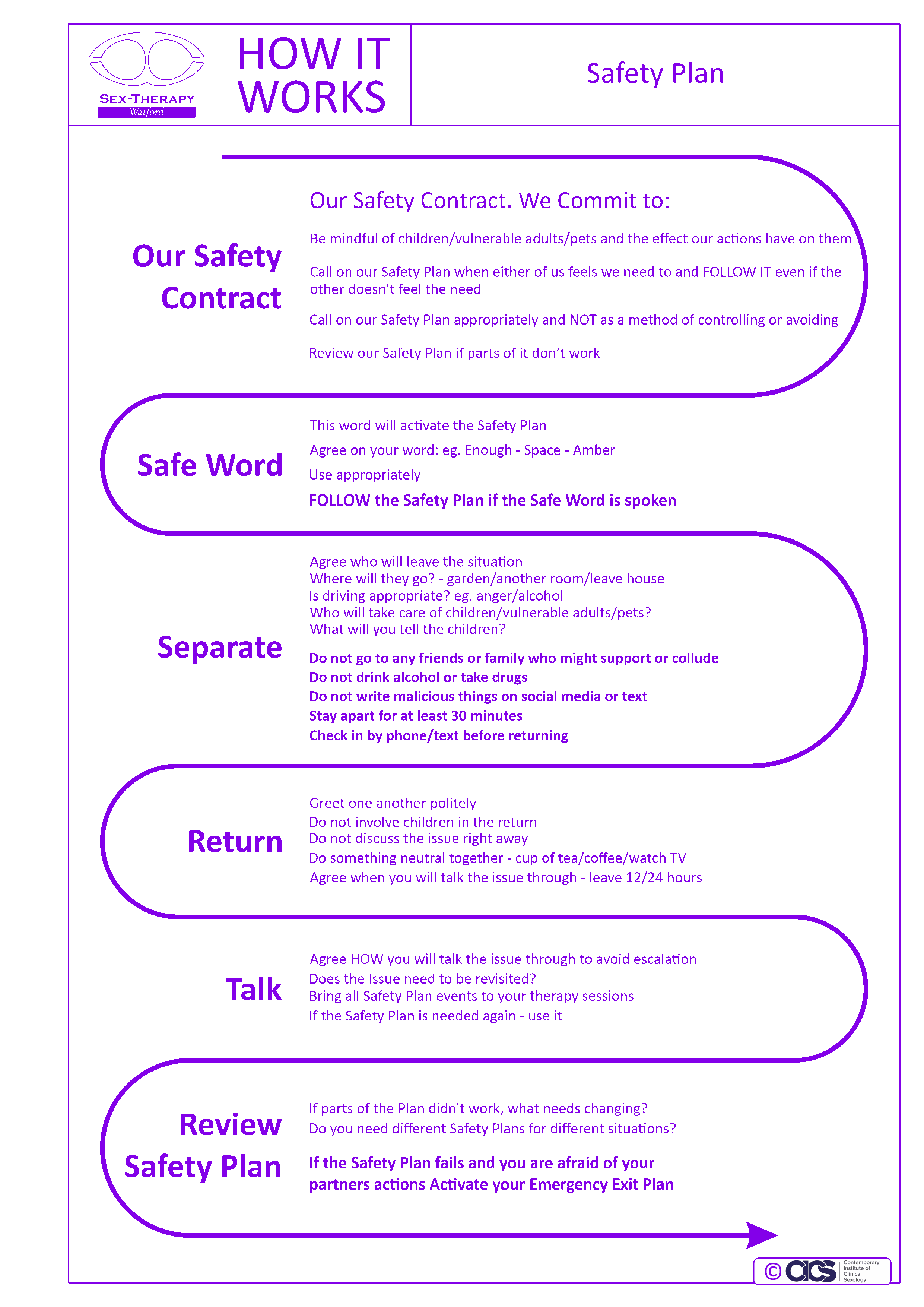Working with Intimate Partner Violence
Violence including sexual violence and abuse
Just to be clear, violence, sexual violence, coercion and abuse (including the threat of it) is a crime under UK law. When this occurs within relationships (intimate partners, families, social groups and cultures) it is no less of a crime but the context can be more complicated. The law exists as an agreed boundary to maintain safety and social cohesion. The law may be constrained from engaging with a deeply nuanced appreciation of the circumstances. The government is trying to improve the situation with planned changes to the law to bring it more into line with developing social needs and understandings. However, the law, by its nature, can be clumsy and distressing for all. Psychotherapy attempts (if this is what the participants genuinely want) to bring a humane framework to this difficult area to allow for rehabilitation, education, transformation, recovery and clarification.
Some examples of illegal abuse
Beating, coercion, controlling behaviour, forced isolation, degradation, financial control, intimidation, unwanted or covert monitoring, threatening behaviour, gaslighting, stalking, revenge porn, honour crimes, forced marriage, blackmail, female genital mutilation, cruelty, initiation rituals, drugging, bullying, rape, extreme jealousy, harassment online torment, torture (physical and psychological) and more.
Safety, safety, safety
Psychotherapy seeks a positive outcome (including a managed ending of the relationship if that is what is sought) but does not compromise on safety. Many of the required processes are designed to identify risks, introduce safe boundaries and ensure that subsequent access to the law (if required) is not impaired. Appropriately trained psychotherapists make no assumptions about the circumstances, motivations, historical influences and relational dynamics of their clients. Nevertheless they require that clients (and those in their care) remain safe throughout the therapy process. Bear with us if some of our processes seem formulaic. They are tried and trusted protocols designed to make the space safe enough to explore what is really happening and what might be done about it.
Risk Assessments
At the beginning of the work there will be assessments (for example the DASH risk checklist) to establish the situation that the client(s) are in and whether it is within the scope of the therapist to work with it. In some cases the client(s) may have to be referred to more specialist support services who have the particular knowledge, resources and experience to work with them. Sometimes the therapist will have to keep their notes in a particular way so as not to jeopardise a client’s future legal situation, even if the client has no intention of going to law at that time. The client(s) will be expected to provide honest disclosure of relevant facts and whether they wish to involve the police. If there are safeguarding concerns the therapist has a duty to report them to appropriate authorities.
Safety Plans
If therapy proceeds there may be other protocols designed to ensure the client(s) safety. These take the form of an action plan, agreed in advance, to be used in the event of unwanted patterns or behaviours resuming. The templates produced by the Contemporary Institute of Clinical Sexology (CICS) in conjunction with other forms are shown below.
Emergency Exit Plans
If the safety plan doesn’t work then the safety of the client(s) must be ensured. An Emergency Exit Plan, which is a structured procedure designed to facilitate the removal of threatened party(ies) to safety, is developed. The specific details of the plan are only known to the person who may have to use it and their trusted support network.
Resources
There are many organisations designed to provide support and information for people struggling with these issues. This ranges from the police and emergency services, through government agencies, local authority services, NHS, refuges,charities, helplines, phone apps and websites. A resource page is provided via a link later on this page.



